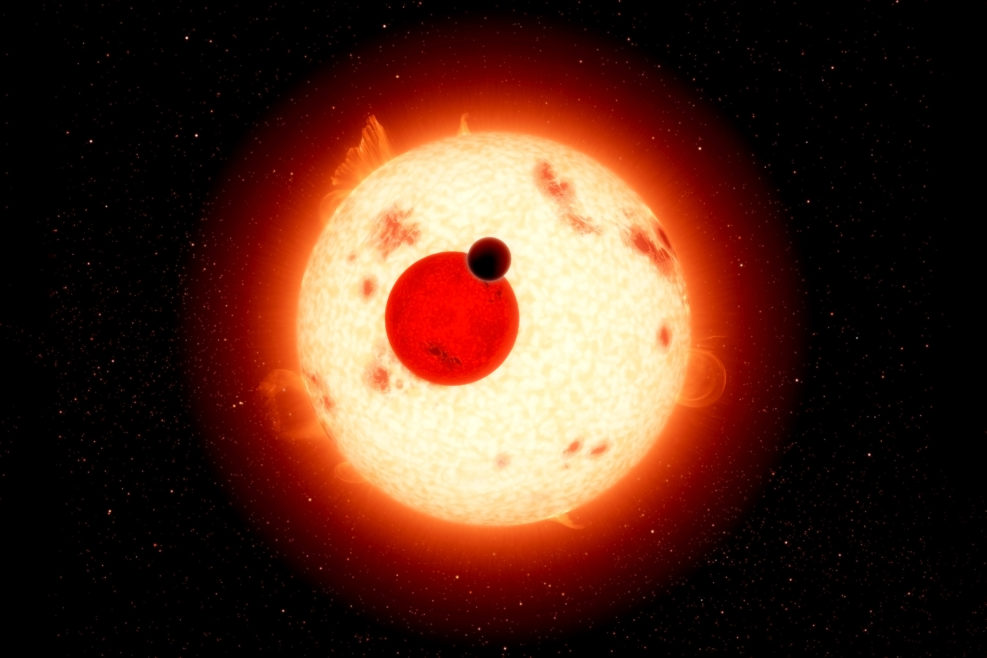
Astronomer: We Can’t Just Assume Countless Earths Out There
He points out that the Principle of Mediocrity is based on faulty logical reasoningDartmouth physicist and astronomer Marcelo Gleiser wrote recently that the Copernican Principle has been misused to imply that Earth is somehow insignificant. That, he says, is a philosophical attitude, unrelated to the science. We don’t know where Earth stands in relation to other planets because we do not yet have telescopes capable of getting much detail about planets outside our solar system. Gleiser, author of The Island of Knowledge (2014), has also tackled the Mediocrity Principle (because Earth is nothing special, there must be countless intelligent civilizations out there). According to Britannica, “Widely believed by astronomers since the work of Nicolaus Copernicus, this principle states that the properties and evolution of the solar system are not unusual in any important Read More ›
